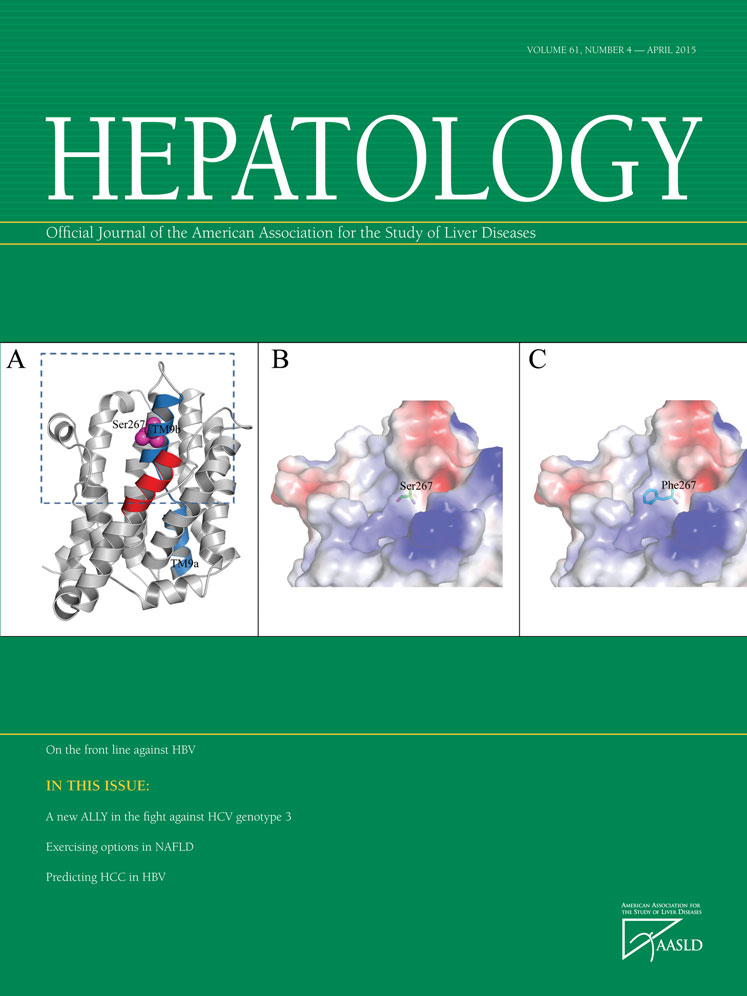Waiting time and transplantation for hepatocellular cancer: A balance between tempus fugit and carpe diem
Potential conflict of interest: Dr. Lerut received grants from Fresenius Biotech and Takeda.
We read with great interest the article by Halazun et al.,1 in which United Network for Organ Sharing (UNOS) data regarding transplanted patients with hepatocellular cancer (HCC) coming from long waiting times regions (LWTR, n = 2,562) were combined and compared to data from short waiting times regions (SWTR, n = 3,604). Despite a higher incidence of death on the waiting list was observed in LWTR (8.4% versus 1.6%, P < 0.0001), both intent-to-treat and posttransplant survivals were better in this group. LWTR patients received more locoregional therapies (LRTs) and more Milan criteria-out tumors were transplanted. Being listed/transplanted in an SWTR was an independent predictor of poor patient survival on multivariate analysis (P < 0.0001, hazard ratio [HR] = 1.545). Another recent study from the United States similarly compared 3,278 versus 1,724 HCC patients waiting ≤ or >120 days. One-year posttransplant recurrence was significantly lower among patients waiting >120 days (2.2% versus 3.9%, P = 0.002).2 Despite that these results can apparently appear as anticonceptual from an oncological point of view—the more a patient waits for cancer treatment, the higher his/her survival—data from these large multicenter experiences are in line with previous experience, in which “fast-track” transplantation, mainly in the scenario of living donation, is connected with worse results.3 The most commonly adopted approach presently used for selecting patients is the “ablate-and-wait” strategy, in which a patient is treated with LRT and then waits for transplant: if HCC remains stable or positively responds to LRT (low biological aggressiveness), the patient is transplanted; otherwise, if HCC proceeds the patient is dropped from the waiting list (high biological aggressiveness). This paradoxical statement derives from the absence of worldwide acceptable biological markers able to preoperatively select high-risk patients for posttransplant recurrence.4 Selection factors other than tumor size and number are strongly needed to further optimize the selection of HCC patients.
-
Quirino Lai, M.D.1,2
-
Jan Lerut, M.D., Ph.D.1
-
For the European Hepatocellular Cancer Liver Transplant (EurHeCaLT) Study Group
-
1Starzl Unit of Abdominal Transplantation
-
St. Luc University Hospital
-
Catholic University of Louvain
-
Brussels, Belgium
-
2Department of General Surgery and Organ Transplantation
-
Umberto I Hospital
-
Sapienza University
-
Rome, Italy




